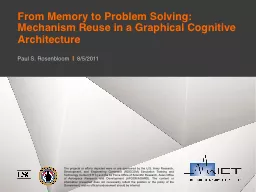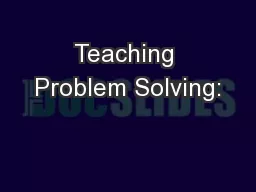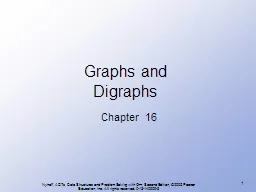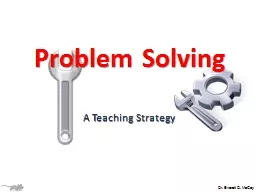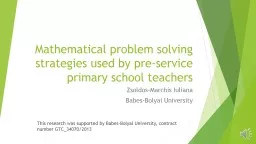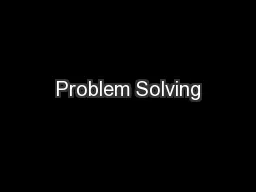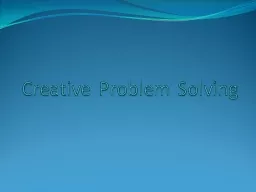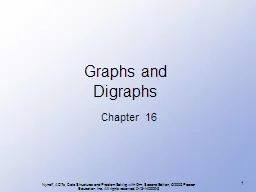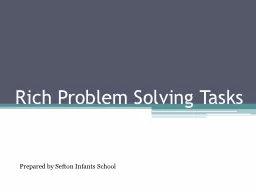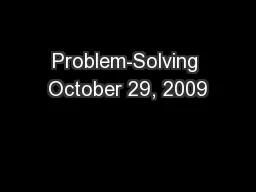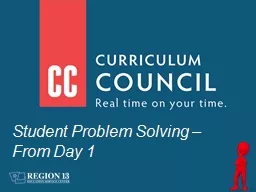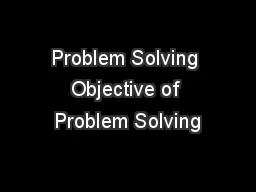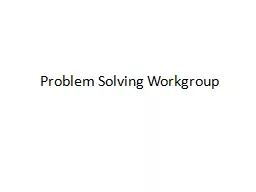PPT-From Memory to Problem Solving: Mechanism Reuse in a Graphi
Author : stefany-barnette | Published Date : 2016-09-10
Paul S Rosenbloom 852011 The projects or efforts depicted were or are sponsored by the US Army Research Development and Engineering Command RDECOM Simulation
Presentation Embed Code
Download Presentation
Download Presentation The PPT/PDF document "From Memory to Problem Solving: Mechanis..." is the property of its rightful owner. Permission is granted to download and print the materials on this website for personal, non-commercial use only, and to display it on your personal computer provided you do not modify the materials and that you retain all copyright notices contained in the materials. By downloading content from our website, you accept the terms of this agreement.
From Memory to Problem Solving: Mechanism Reuse in a Graphi: Transcript
Download Rules Of Document
"From Memory to Problem Solving: Mechanism Reuse in a Graphi"The content belongs to its owner. You may download and print it for personal use, without modification, and keep all copyright notices. By downloading, you agree to these terms.
Related Documents

